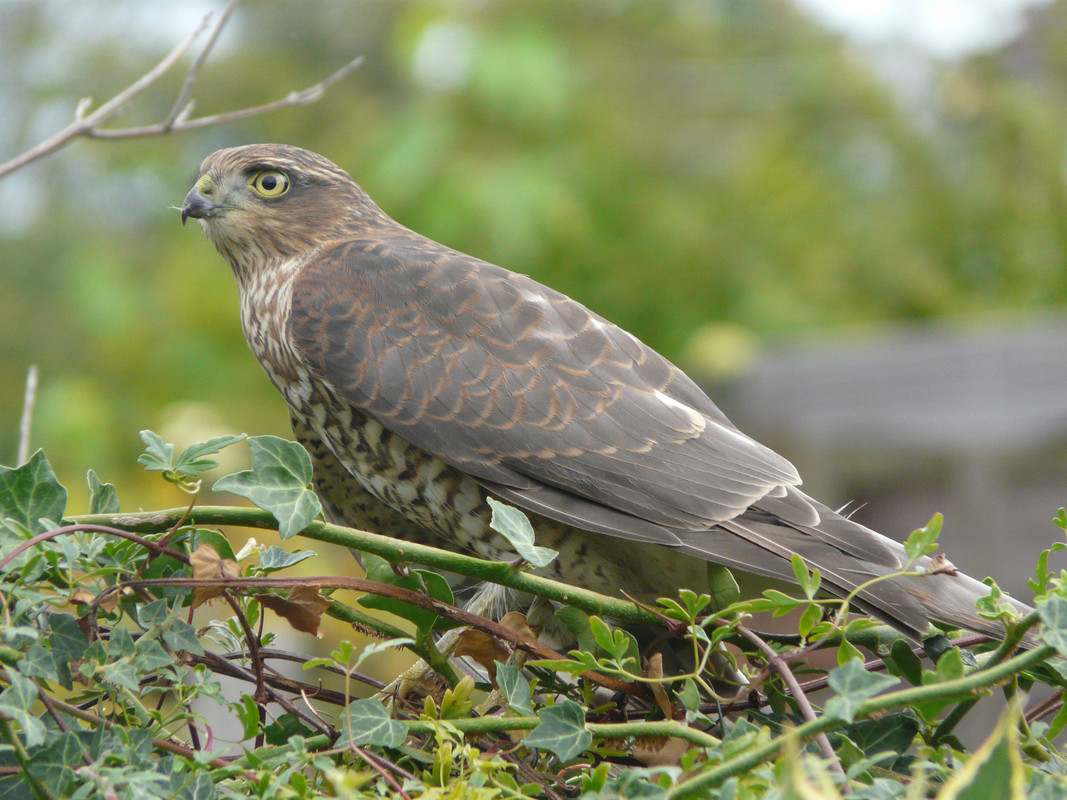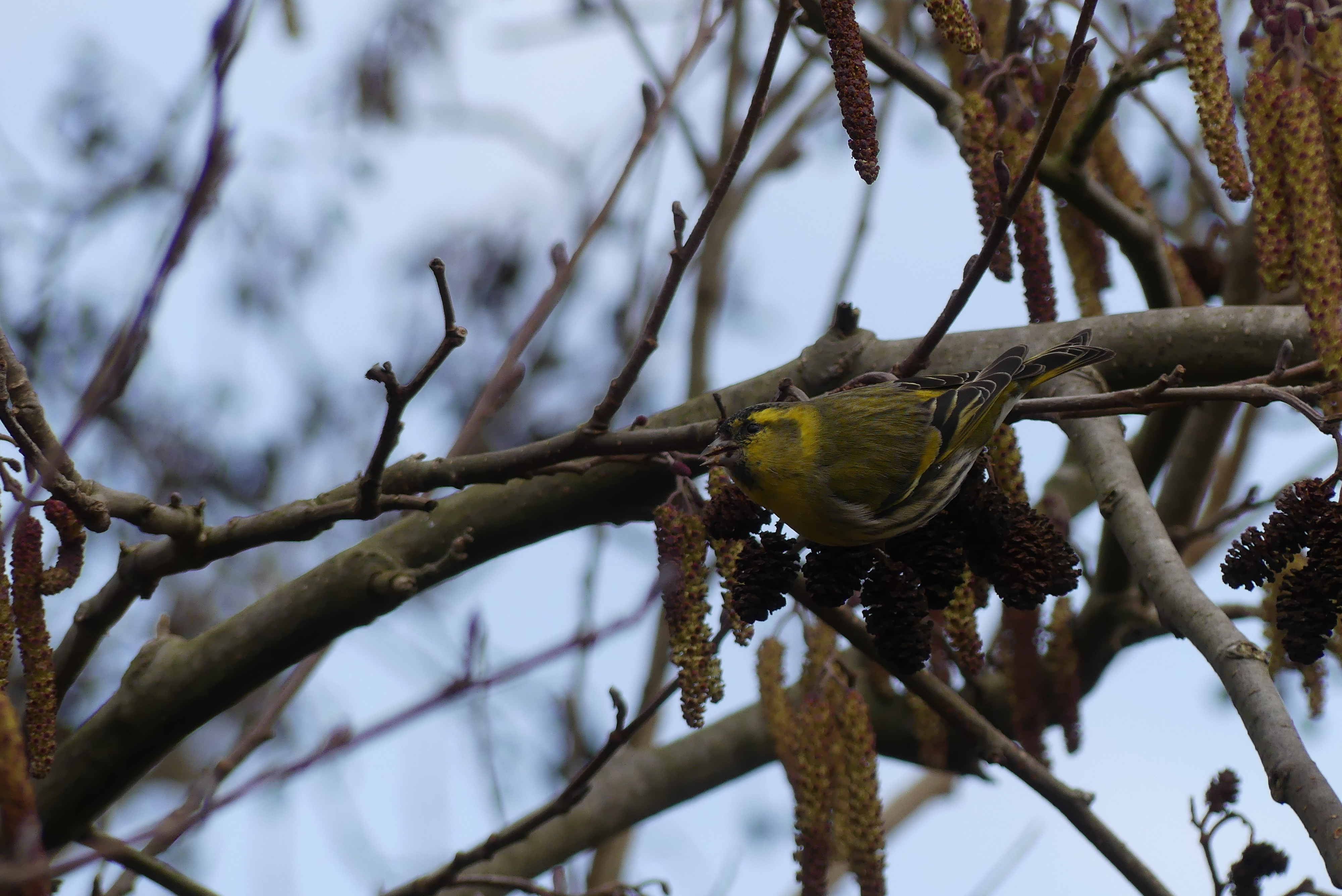Wildlife sightings for 24th March 2013
1 Bittern - dropped into reeds by Headley Hide at 4:30 p.m.
53 Wigeon - scrape
2 Pintail - pair
4 Mandarin – males, world wetlands
1 Peregrine – on the hospital, eating prey
1 Little Egret - main lake
1 Ringed Plover – main lake, long shingle island
1 Little Ringed Plover - main lake
3 Dunlin - main lake
1 Yellow-legged Gull (1st-winter)
1 Kingfisher - flew W over reservoir lagoon. Also one seen fishing on south route.
1 Wheatear - marsh
7 Chiffchaff – 1 on roof of WWF hide, 3 grazing marsh, 1 sheltered lagoon, 1 Thames bank, 1 on main lake island edge
2 Lesser Redpoll – wildside
Additional sightings from yesterday:
1 Little Ringed Plover
1 Ringed Plover
1 Dunlin
Because of the danger of falling roof tiles, unfortunately it is necessary for us to close the Peacock Tower today. We apologise for the disappointment this will cause.
Recent bird highlights: Bittern, Little Egret, Peregrine, Shelduck, Jack Snipe, Ringed Plover, Little Ringed Plover, Redshank, Dunlin, Avocet, Black-tailed Godwit, Mediterranean Gull, Wheatear, Bearded Tit, Stonechat, Water Pipit, Rock Pipit.
At the start of March there were still 3 Bitterns on the reserve.
Regular Bearded Tit sightings continue with one or two birds being spotted among the tall Purple Loosestrife on the marsh, or in the main reedbed.
Teal numbers have increased this month with over 100 birds regularly using the wader scrape at high tide and the marsh. Shoveler have also increased slightly before they head off eastwards later in the month, along with Wigeon and much of the Gadwall flock.
Good numbers of Fieldfare continue into March. Some flocks have been roosting around the sheltered lagoon as well as feeding on the playing fields bordering the reserve and the river.
Spring is in the air with plenty of bird song every day. Listen out Chaffinch, Greenfinch, Wren, Blackbird, Song Thrush, Robin, Great Tit and Cetti’s Warbler to name just a few. Lapwing are performing display flights over the main lake, Canada Geese are all paired up and fighting for territory, and Mute Swans are involved with courtship displays across the reserve. Watch out for the imminent arrival of the summer migrants now – Chiffchaff, Sand Martin and Wheatear are often the earliest.
Butterflies: Brimstone (2) and Red Admiral both on 5th March
Flowering plants: Cowslip, Marsh Marigold, Snowdrops, Crocus, Blackthorn, Daffodil, Red Dead Nettle, Hazel and Silver Birch catkins.
Water Voles: best place to see one would be one of the ponds near the Pond Zone building or ‘Down the Sewer’ exhibit. Also the ponds as you enter the wildside area from world wetlands – there’s plenty of feeding activity here.



